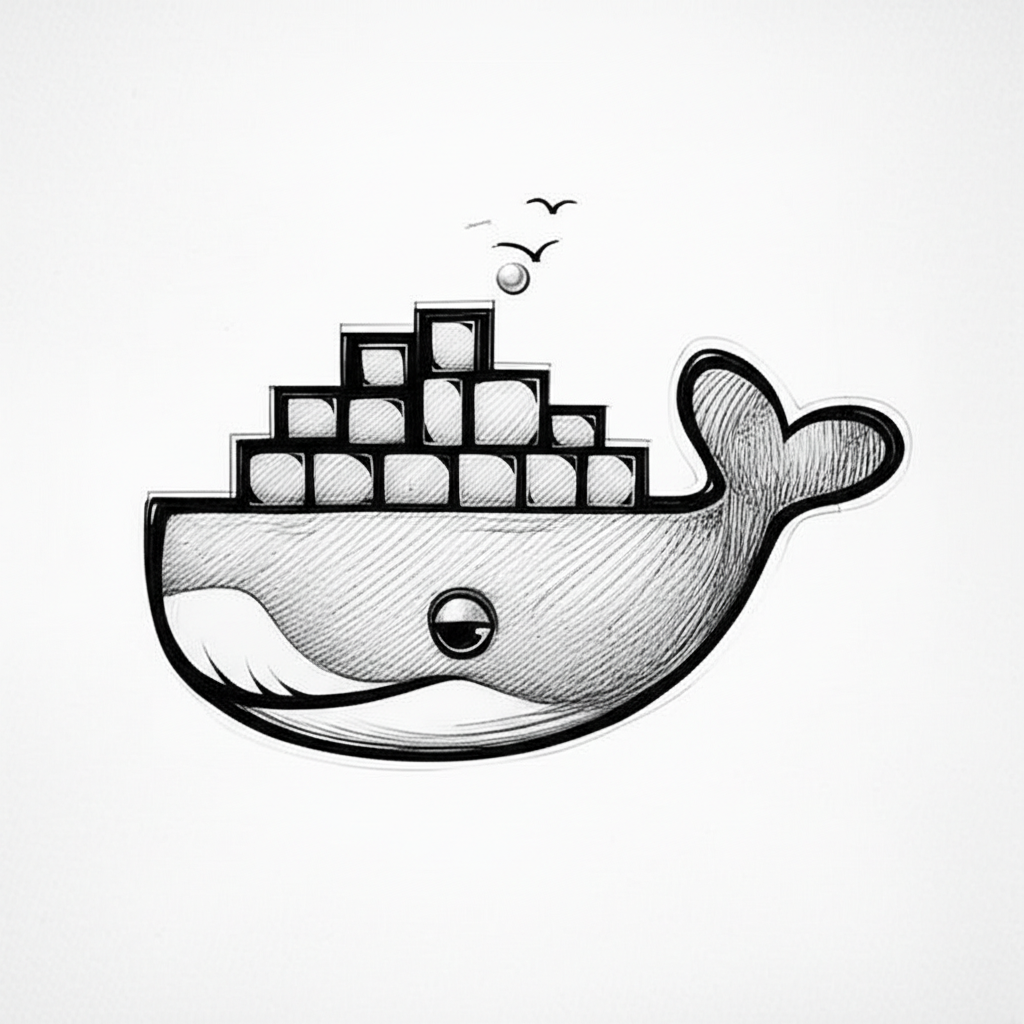Containerizing your Model Context Protocol (MCP) server with Docker provides consistency, scalability, and simplified deployment across different environments. In this comprehensive guide, we'll walk through the process of dockerizing an MCP server and configuring it to work seamlessly with Claude and other AI assistants.
Prerequisites
- Docker fundamentals and containerization concepts
- Basic Docker commands and Dockerfile syntax
- Understanding of MCP server architecture
- Command line interface usage
What You'll Learn
- Creating optimized Dockerfiles for MCP servers
- Configuring Claude to work with containerized MCP servers
- Best practices for production Docker deployments
- Troubleshooting common containerization issues
Why Containerize Your MCP Server?
Before we dive into the implementation, let's understand why running your MCP server in Docker is beneficial. If you haven't built an MCP server yet, I recommend starting with our comprehensive guide on building MCP servers using .NET, which provides the foundation we'll containerize in this tutorial.
Docker containerization offers several key advantages for MCP servers:
- Environment Consistency: Your MCP server runs identically across development, staging, and production
- Simplified Deployment: Package your server with all dependencies in a single container
- Isolation: Prevent conflicts between different applications and their dependencies
- Version Management: Tag and version your MCP server releases effectively
Creating the Dockerfile
Let's start by creating an optimized Dockerfile for our MCP server. This example assumes you're working with a .NET-based MCP server, but the principles apply to servers built with other technologies.
# Use the official .NET Core SDK image as the base image
FROM mcr.microsoft.com/dotnet/sdk:9.0 AS build
# Copy project files
COPY . ./app
# Publish app to out folder
WORKDIR /app
RUN dotnet publish -c Release -o out
# Build the runtime image
FROM mcr.microsoft.com/dotnet/runtime:9.0-alpine AS runtime
WORKDIR /app
COPY --from=build /app/out .
# Entry point when the container starts
ENTRYPOINT ["dotnet", "McpServer.dll"]Building and Running Your Container
Now that we have our Dockerfile ready, let's build and run our containerized MCP server. These commands will create a Docker image and start a container instance.
cd McpServer
docker build -t mcpserver:latest -f McpServer/Dockerfile .Configuring Claude for Docker MCP Server
Once your MCP server is running in Docker, you need to configure Claude to connect to it. The configuration depends on whether you're running Claude locally or if your Docker container is accessible from Claude's environment.
{
"mcpServers":
{
"echo":
{
"type": "stdio",
"command": "docker",
"args":
[
"run",
"-i",
"--rm",
"-e",
"VARIABLE",
"mcpserver:latest"
],
"env":
{
"VARIABLE": "dsa87d89as7d"
}
}
}
}Testing Your Dockerized MCP Server
Before integrating with Claude, it's crucial to test your containerized MCP server independently. Here are several methods to verify everything is working correctly:
# Run the container
docker run -it mcpserver
# Test MCP server, get list of tools
{"jsonrpc":"2.0","id":1,"method":"tools/list","params":{}}
Production Deployment Best Practices
When deploying your dockerized MCP server to production, consider these essential practices:
- Security: Use non-root users, scan images for vulnerabilities, and implement proper secrets management
- Monitoring: Implement comprehensive logging, metrics collection, and health checks
- Networking: Use custom Docker networks and implement proper firewall rules
- Resource Limits: Set appropriate CPU and memory limits to prevent resource exhaustion
- Data Persistence: Use volumes for persistent data and implement backup strategies
Performance Optimization
Use multi-stage builds to minimize image size, implement proper caching strategies, and consider using Alpine-based images for smaller footprints. Monitor your container's resource usage and adjust limits accordingly.
Conclusion
Containerizing your MCP server with Docker provides a robust, scalable foundation for AI-powered applications. The consistency and portability that Docker offers make it an excellent choice for both development and production environments.
By following the practices outlined in this guide, you'll have a well-architected, containerized MCP server that can scale with your needs and integrate seamlessly with Claude and other AI assistants. Remember to monitor your containers in production and implement proper security measures to protect your AI infrastructure.
